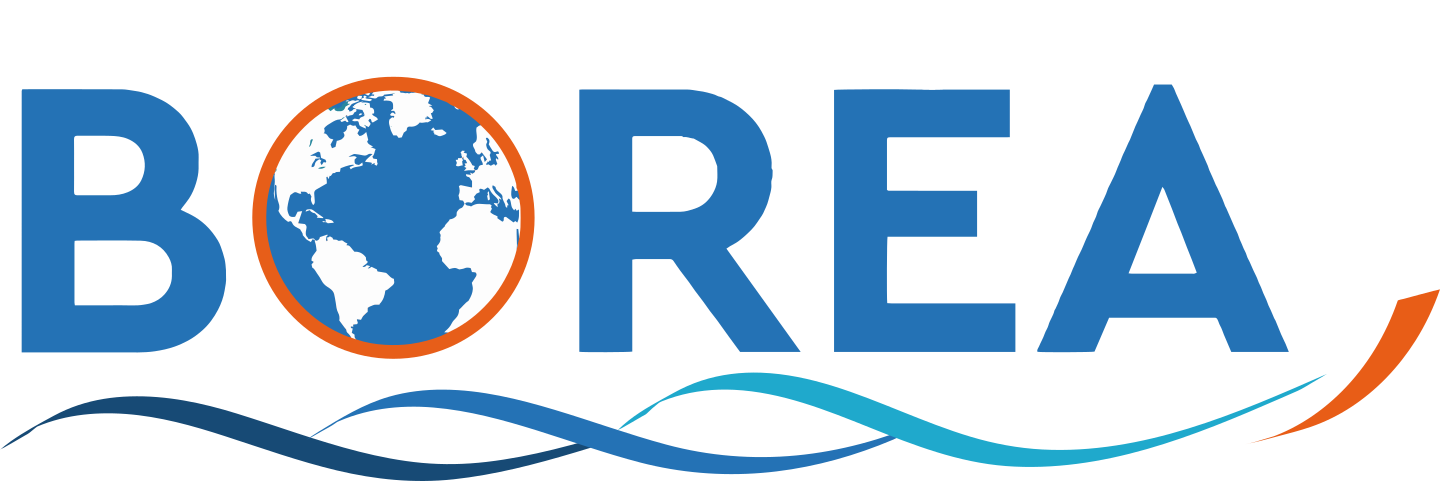Résumé
AbstractWith more than 12 million inhabitants, the Greater Paris offers a “natural laboratory” to explore the effects of eutrophication on freshwater lake’s microbiomes within a relative restricted area (~ 70 km radius). Here, a 4-months survey was carried out during summertime to monitor planktonic microbial communities of nine lakes located around Paris (Île-de-France, France) of comparable morphologies, yet distinct trophic statuses from mesotrophic to hypereutrophic. By thus minimizing the confounding factors, we investigated how trophic status could influence prokaryotic community structures (16S rRNA gene sequencing) and functions (shotgun metagenomics). These freshwater lakes harbored highly distinct and diverse prokaryotic communities, and their trophic status appears as the main driver explaining both differences in community structure and functional potential. Although their gene pool was quite stable and shared among lakes, taxonomical and functional changes were correlated. According to trophic status, differences in phosphorus metabolism-related genes were highlighted among the relevant functions involved in the biogeochemical cycles. Overall, hypereutrophic lakes microbiomes displayed the highest contrast and heterogeneity over time, suggesting a specific microbial regime shift compared to eutrophic and mesotrophic lakes.

